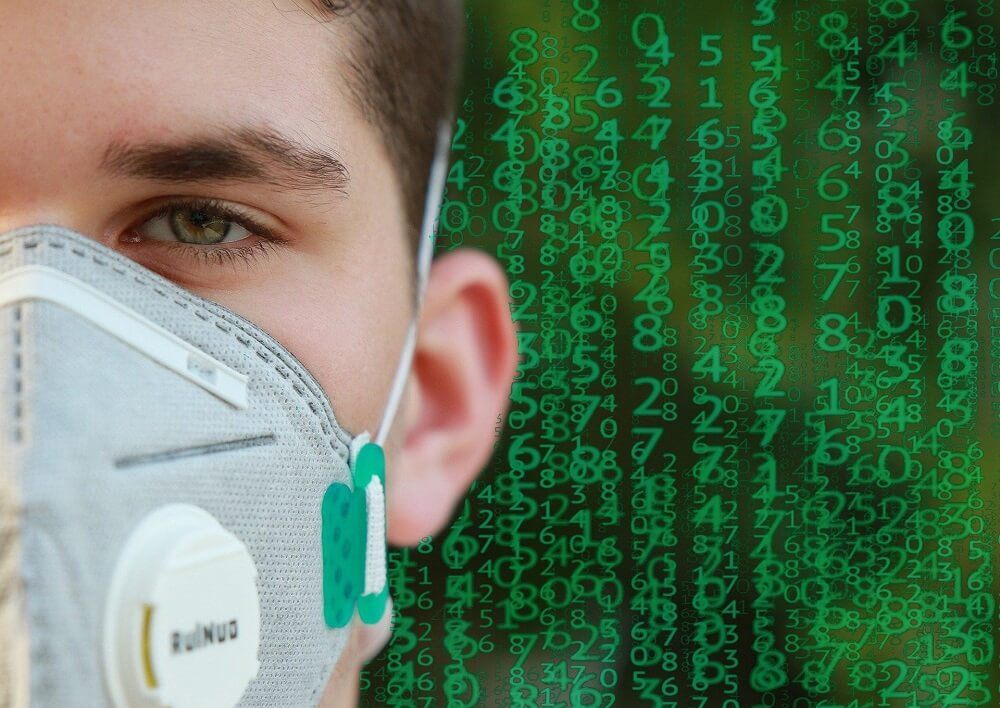Artificial intelligence saw it coming – or so it is said. BlueDot, an artificial intelligence company which utilizes machine learning to track outbreaks of contagious disease across the globe, alerted numerous hospitals, governments and businesses on 30th December 2019 regarding an unusual spike in cases of pneumonia in Wuhan, China. After nine days, the World Health Organization (WHO) made an official announcement about what we know as COVID-19 now.
There was also an automated service at Boston Children’s Hospital known as HealthMap that noticed the first signs of the pandemic. In spite of having these state-of-the-art AI enabled trackers, the biggest question that arises here is that how much has artificial intelligence really helped in curbing the current pandemic? The answer to that question isn’t that straightforward. Companies such as BlueDot have their lips zipped regarding any information related to the usage of the historical & real-time data. Nobody knows how they have used that data to declare that the outbreak was detected on the same day as other AIs.
How is AI being used to fight coronavirus
Except predicting the occurrence of the pandemic, artificial intelligence is also being used in diagnosing individuals as well as finding a vaccine. We all know that the roll out of a vaccine can take months but AI can help things run at an accelerated rate. Below are some significant areas where AI is being used to fight future pandemics:
Prediction of a pandemic
AI companies are using a plethora of algorithms like NLP – Natural Language Processing to monitor the news and formal health-care reports in various languages across the globe. Tracking the mentioning of infectious and contagious diseases such as COVID-19 or other endemic diseases such as HIV aids or tuberculosis. The predictive tools, driven by machine learning, can also assess air-travel data to determine the transit hubs with the highest risk.

Businesses are harnessing the power of data analytics, powered by machine learning and artificial intelligence, at full force to predict the future conditions of the market. Top market research and analytics companies are enabling organizations to take crucial business decisions fearlessly.
With AI predicting the pathway of the pandemic, we hope that AI will also help in identifying infected individuals. Advanced machine learning models can examine medical images and pin-point early signs of a disease that usually gets missed by the human eye. But these models require humongous amounts of data from which they can learn. Diagnosis of COVID-19 with artificial intelligence by examining the CT scan of lung tissue will be possible if we have enough data, which unfortunately, we don’t. Alexander Selvikvåg Lundervold, a machine learning and medical imaging expert at Western Norway University of Applied Sciences in Bergen, Norway, said “we should expect AI to be able to detect signs of Covid-19 in patients eventually.”
Conclusion
As we know, AI learns through a lot of data. In the future, as predicted by scientists, AI could also be capable enough to predict the evolution of covid-19. If this happens, it would open numerous doors for virologists to take a step ahead in creating a vaccine that wins over all the mutations.










